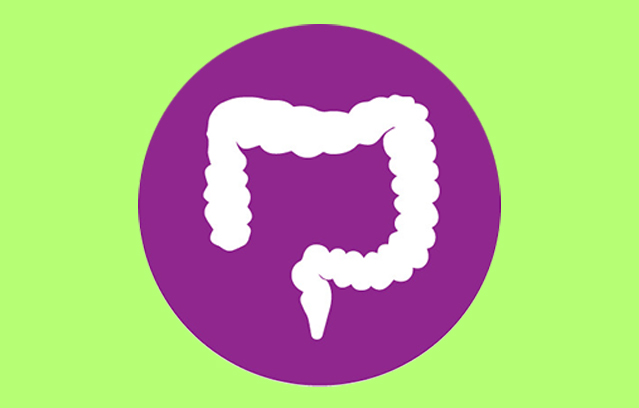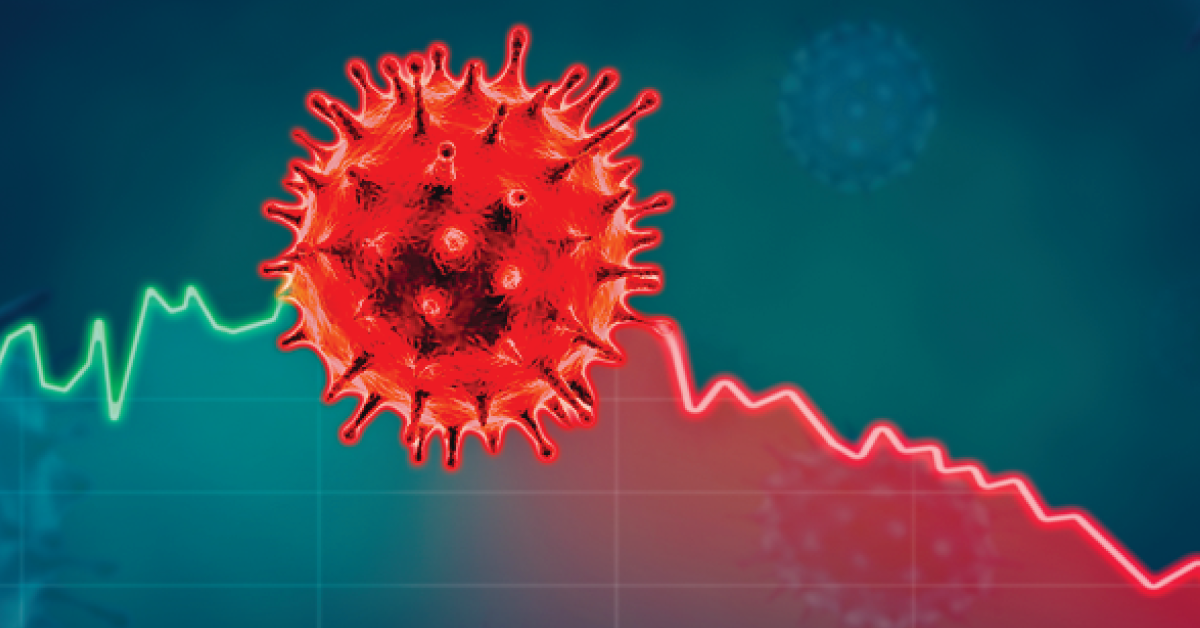
Crohn’s disease is defined as chronic inflammatory bowel disease. It can occur anywhere along the gastrointestinal tract. The most common gastrointestinal part that is affected is the ileum and the least affected part is the rectum. This affects how we digest our food. There are various symptoms for the same like abdominal pain in the right lower quadrant. The formation of a fistula and the appearance of skin lesions on the intestine make the diagnosis of the disease. Another symptom is the formation of abdominal mass. Watery diarrhoea is a symptom of the disease. Your gastroenterologist will ask about the same to confirm the diagnosis. Don’t cut down on food!
What are the main causes of Crohn’s disease?
Crohn’s disease is due to inflammation in the bowel. Inflammation in the bowel has many causes and one of them is ulcerative colitis. Unlike its cousin, ulcerative colitis which only affects the large intestine. Crohn’s disease can affect the complete gastrointestinal path. From the oral cavity to the large intestine it can cause inflammation. It is classified as an immune-related disorder. This means that some foreign agent has triggered the immune response and caused inflammation. The bacteria include mycobacterium tuberculosis, pseudomonas and listeria. The commonly affected part is the ileum and ascending colon. The smoking population is at higher risk of getting Crohn’s infection. The onset of the disease is in two different age groups. The first age group is around 30 and the second is around 60 years. There are various causes of Crohn’s disease. The disease is generally considered to be insidious and subtle. This is caused due to dysfunctional or uncontrolled inflammation. This further includes proteases, floating around the gastrointestinal tissue and ultimately causing the destruction of healthy tissues. This dysfunctional immune response ultimately is a product of genetics. This means that if your family has this kind of disease then you are likely to have one. Several genes have been identified for Crohn’s disease. The mutations which cause the disease. Even drugs like NSAIDs and aspirin can induce this disease. They don’t cause this but can cause inflammation in the gastrointestinal tract which can lead to the disease. Smoking is another cause of the disease. If you smoke, you must stop!
What are the early signs and symptoms of Crohn’s disease?
Crohn’s disease has various signs and symptoms. The very first one is abdominal pain. This is very recurrent and often occurs after eating or drinking. This pain is referred to as postprandial pain. The pain might be diffuse but it is often located in the right lower quadrant Pain is also defined as cramping pain. The other symptom of the disease is diarrhoea. To be more specific it is watery diarrhoea. Bloody diarrhoea is less common in this disease. But this is common ulcerative colitis. This is the difference in the clinical presentation of Crohn’s disease and ulcerative colitis. The watery diarrhoea in Crohn’s disease often contains mucus. Flatulence is another sign of Crohn’s disease. The reason for the gas production is undigested and unabsorbed nutrients which are digested by the bacteria ultimately releasing the gas. This also goes with bloating as bacteria digest the remaining food particles. A perianal skin tag is the most common sign. The majority of the patients, almost 75%, show this sign. These soft skin tags grow around the anus or armpits. They can be associated with haemorrhoid and fissure disease. The other common sign found in the patients is oral ulcers. Aphthous ulcers are the name used for these oral ulcers. The presence of an abdominal mass in the lower left corner is common in almost 25% of patients. Fistula can also occur in patients. Due to chronic inflammation, the fistula is a tunnel connecting one epithelium to the surface epithelium. The fistula can form in between the skin and bowel, bladder and bowel, vagina and bowel and in the perianal region. Your gastroenterologist can observe weight loss as well. This is due to inflammation throughout the gastrointestinal tract which results in decreased absorption. The patient could come with multiple nutritional deficiencies. As there are a lot of episodes of nausea and vomiting during Crohn’s disease. This is also caused by inflammation of the intestine and other structural changes. Chronic inflammation from Crohn’s disease can cause small intestine thickening and stricture. This can ultimately lead to obstruction in the small intestine. This is also known as pyloric obstruction or gastric outlet obstruction. This small bowel obstruction can show nausea and vomiting. Since it’s a chronic inflammatory state we can see fever. Inflammation in the gastrointestinal tract can induce a fever. In cases of active disease, it is a mild fever. Due to this mild fever, there can be fatigue. Due to inflammation, this can also lead to malnutrition and anaemia. Anaemia is considered to be a complication by doctors. This is seen in rare cases. The extra manifestations are related to the skin of the patients. Pyoderma is one of them which can occur in 10% of patients suffering from Crohn’s disease. the patients suffering from Crohn’s disease.
Eating with Crohn’s disease
The disease generally impacts the small intestine which interferes with the absorption and digestion of food. To avoid diarrhoea, gas and bloating, it’s important to eat right. To cope with the implications that Crohn’s disease puts up, book an online consultation with your doctor. An important tip is don’t avoid any food until you are bothered by it. Talk to your family physician if any food has a significant impact on your digestive system. Suppose you have a problem in the intestine then this would impact your fat digestion. That doesn’t mean that you will stop eating fat, just switch to a low-fat diet. Instead of fried stuff, switch to grilled or steamed chicken or fish. How much you eat at a given point in time is important and can play a crucial role in deciding what will happen to digestion. Let’s take the example of lactose which is present in dairy products. This is hard for patients to digest the dairy product so don’t take dairy products as your main course but instead include this in snacks or toppings. Generally, your family physician will give you some supplements because of malabsorption. Multivitamins can help. The inflammation in your intestine also affects the absorption of water and electrolytes. If you’re diagnosed with Crohn’s disease it’s important to consult your general physician regularly otherwise it can lead to deficiencies in your body.


